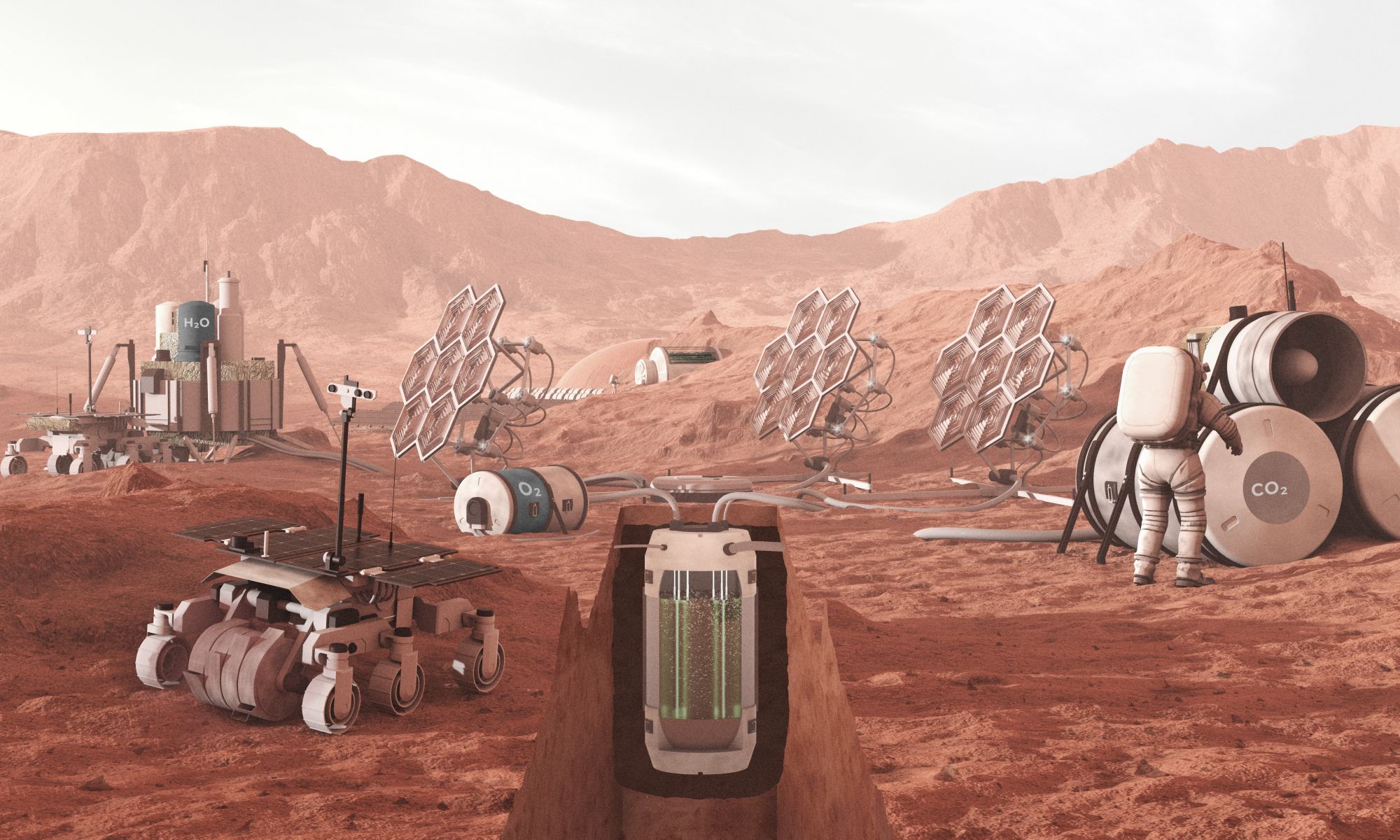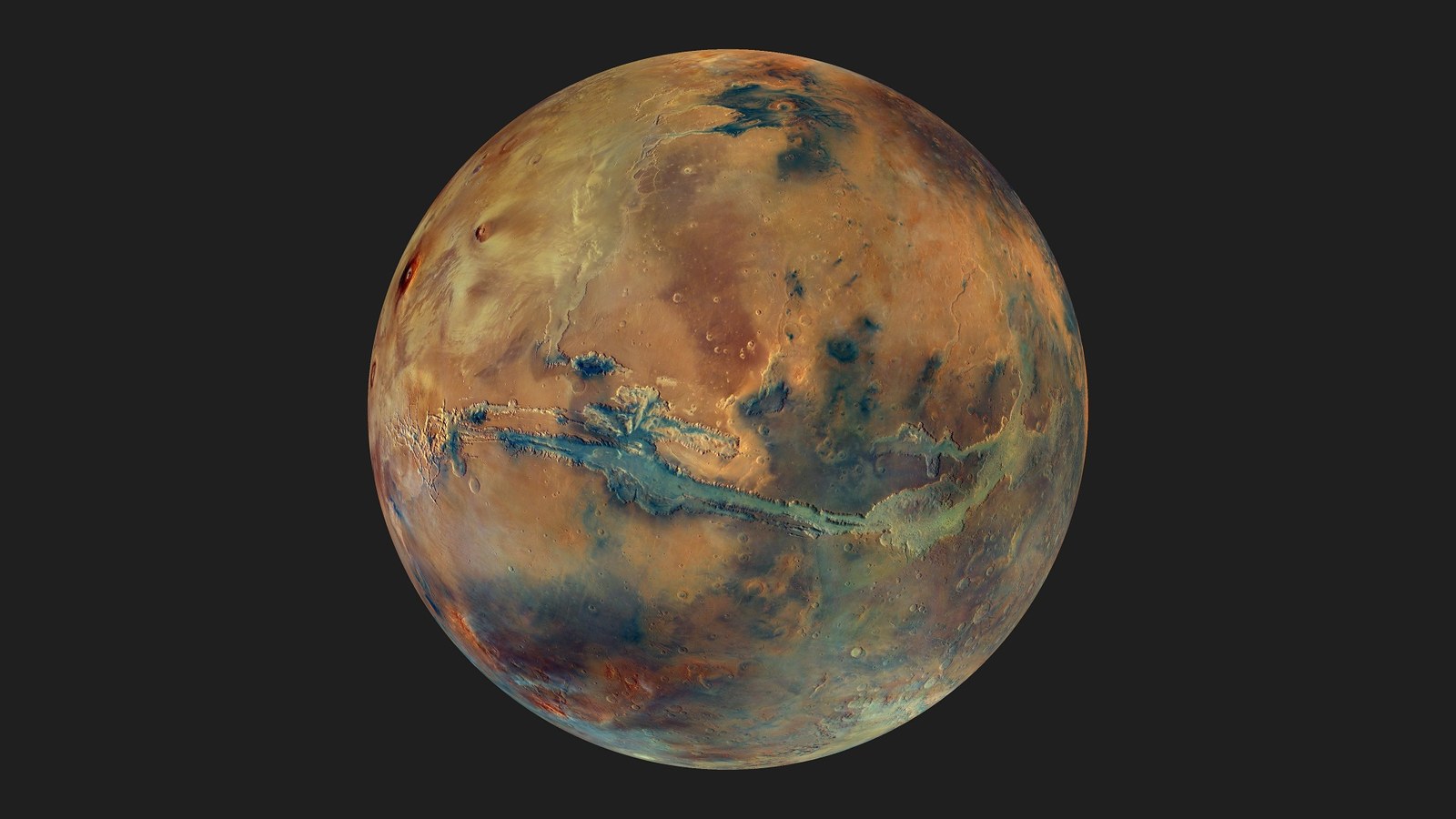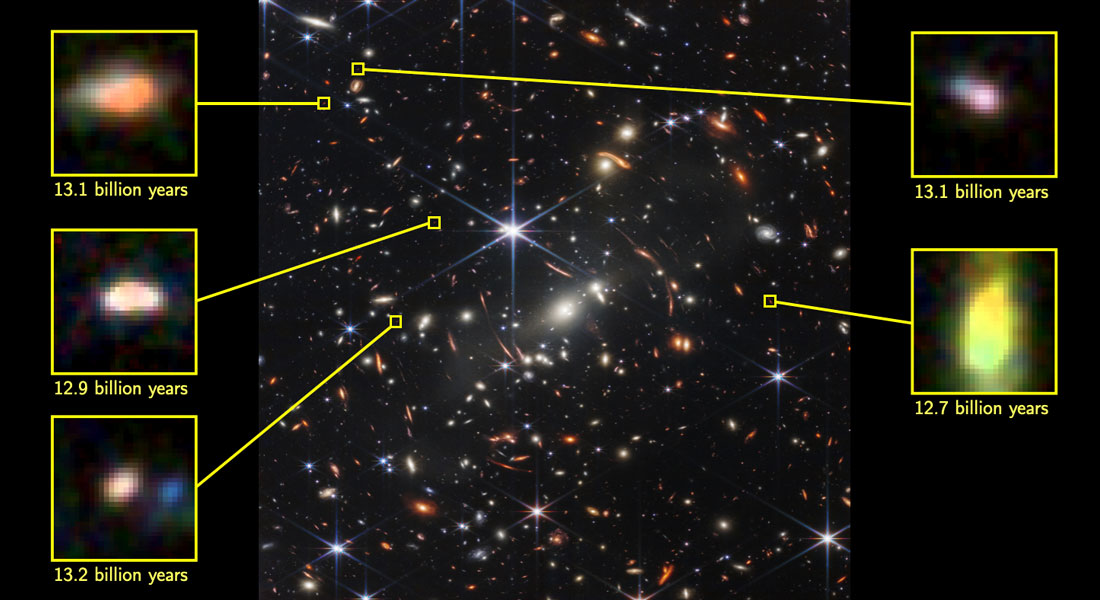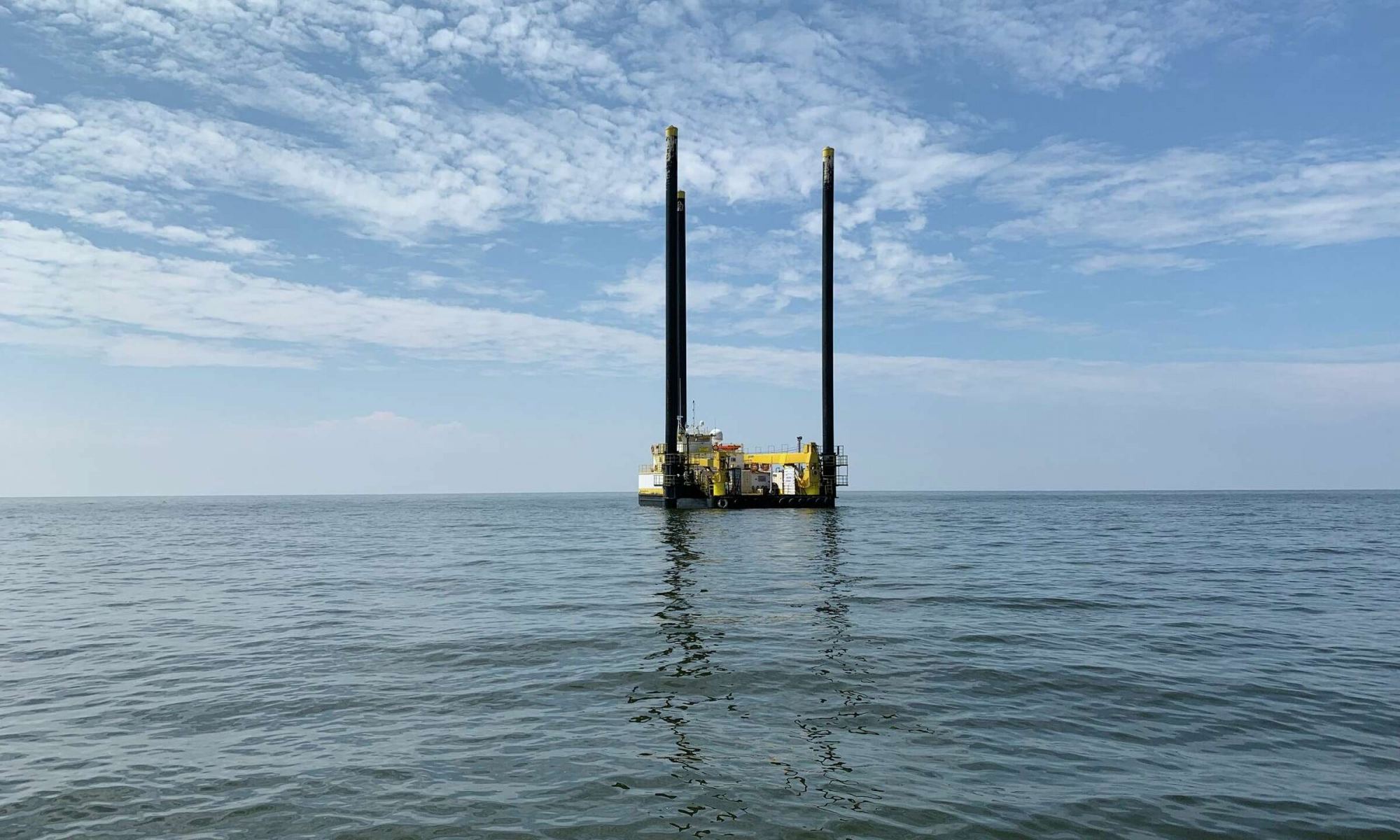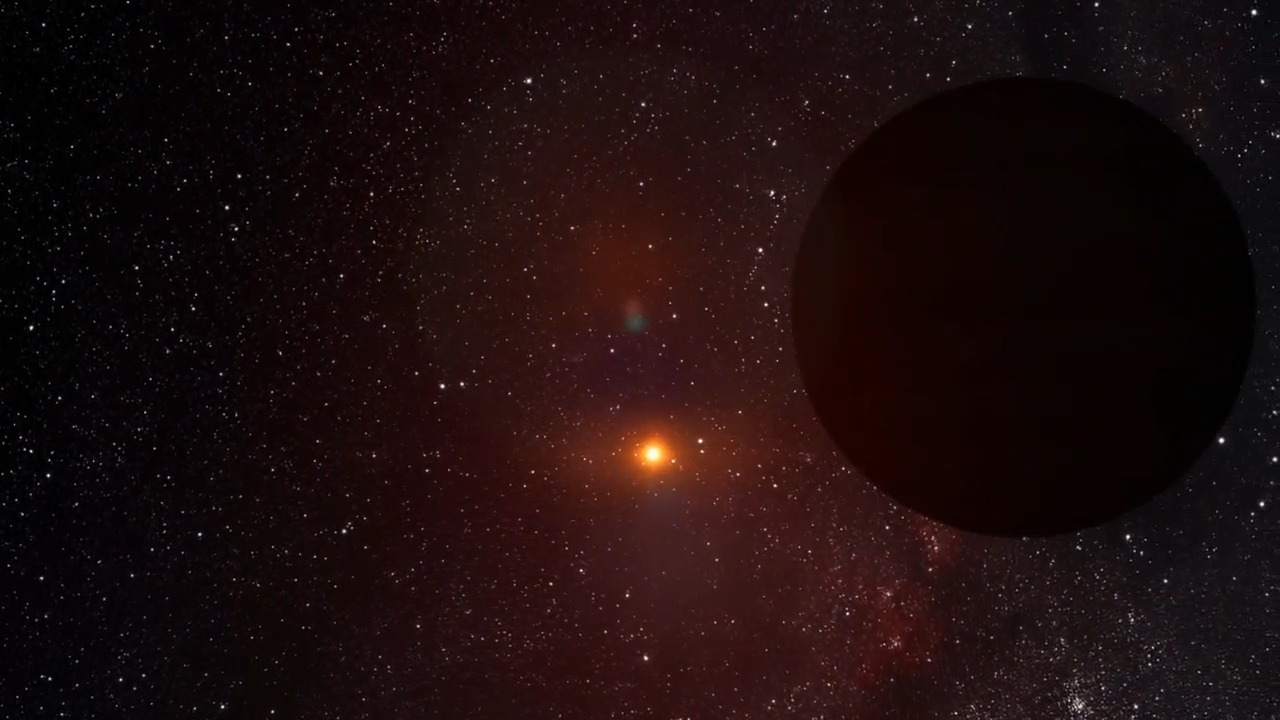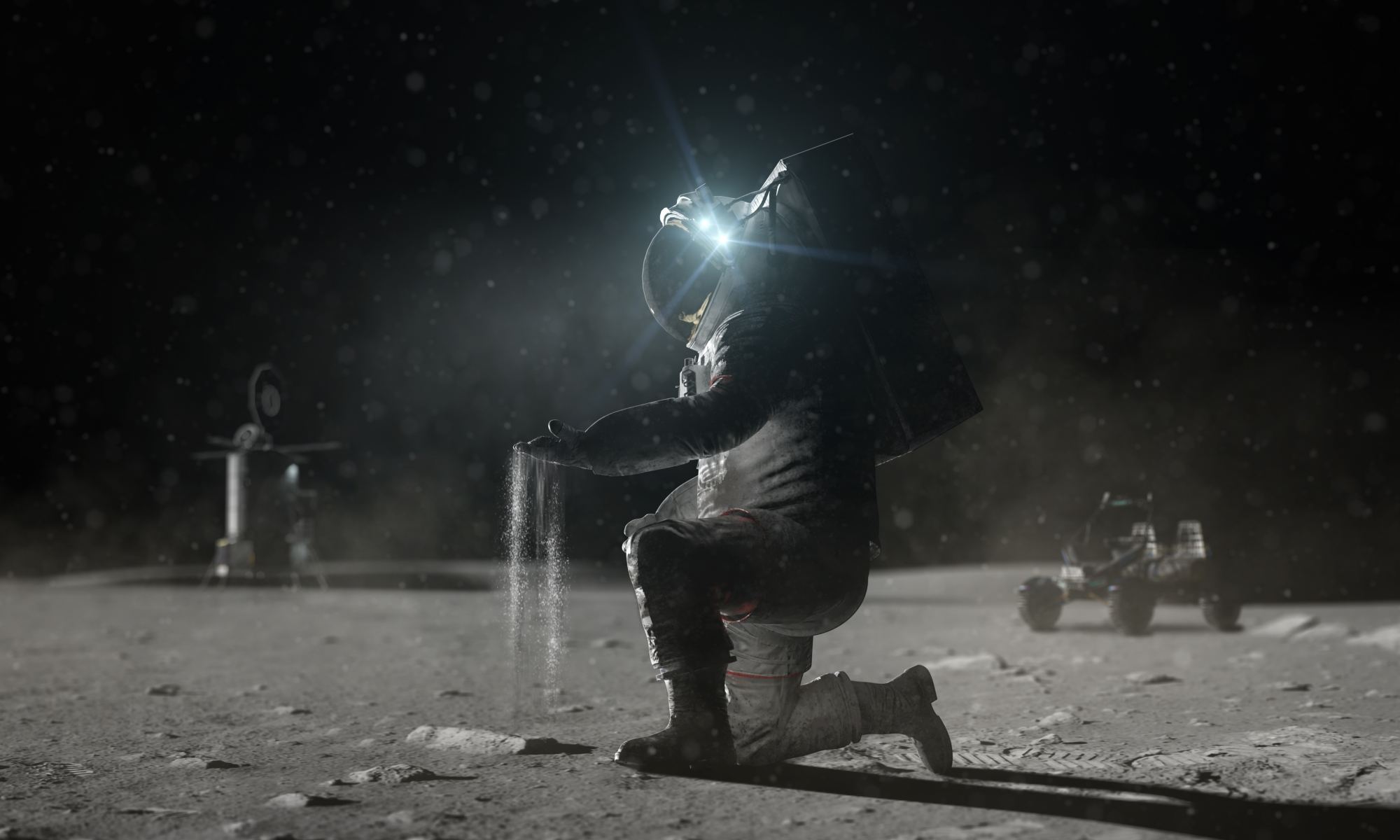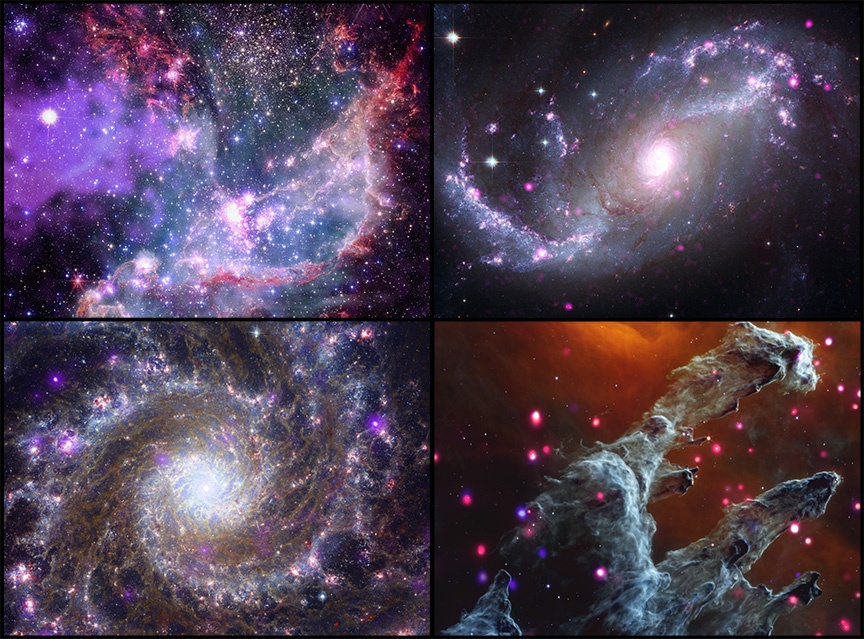By 2030, multiple space agencies will have sent astronauts to the Moon for the first time since the Apollo Program ended over 50 years ago. These programs will create lasting infrastructure, like the Lunar Gateway, Artemis Base Camp, Moon Village, and the International Lunar Research Station (ILRS). In the ensuing decade, the first crewed missions to Mars are expected to occur, culminating with the creation of the first human outposts on another planet. Commercial ventures also want to establish habitats in Low Earth Orbit (LEO), enabling everything from asteroid mining to space tourism.
One of the biggest challenges for this renewed era of space exploration (Space Age 2.0) is ensuring that humans can remain healthy while spending extended periods in space. Foremost among them is ensuring that crews have functioning life support systems that can provide a steady supply of breathable air, which poses its own technical challenges. In a recent study, a team of researchers led by Katharina Brinkert of the University of Warwick described how artificial photosynthesis could lead to a new type of life support system that is smaller, lighter, easier, and more cost-effective to send to space.
Continue reading “If We Can Master Artificial Photosynthesis, We Can Thrive in Space”
